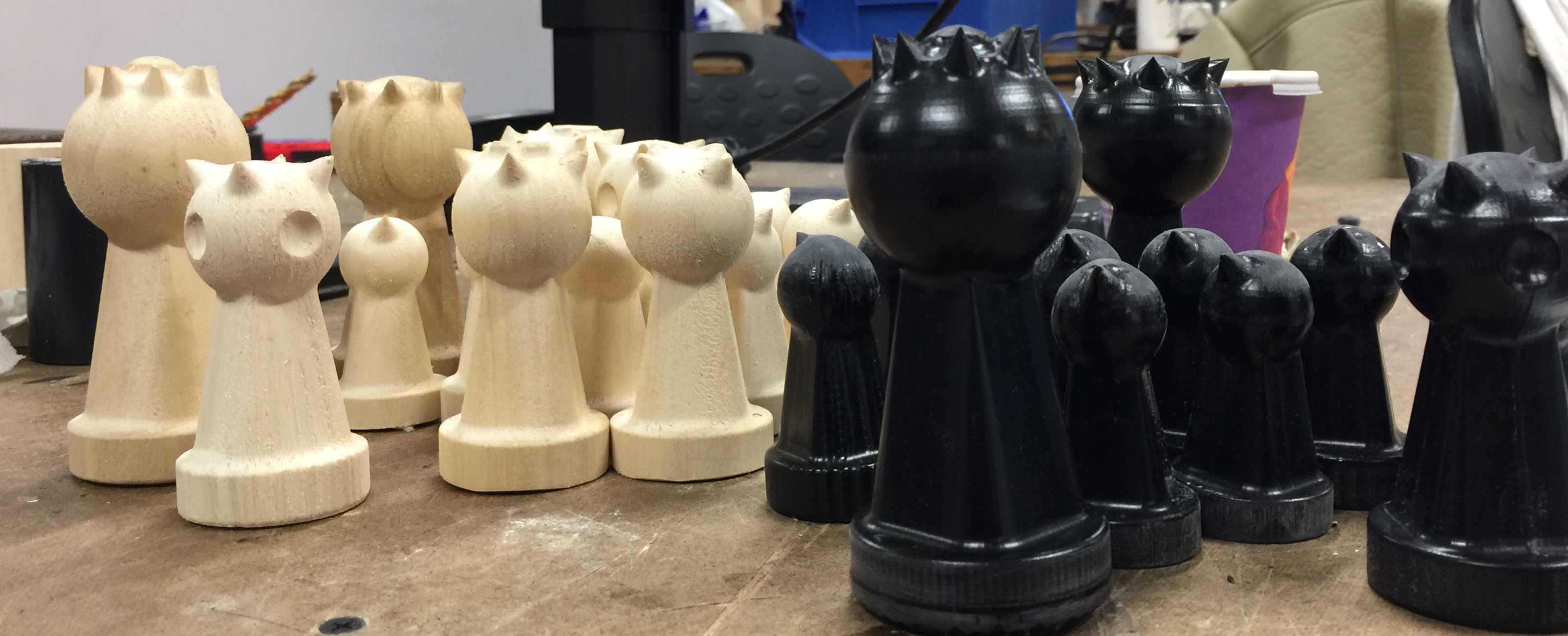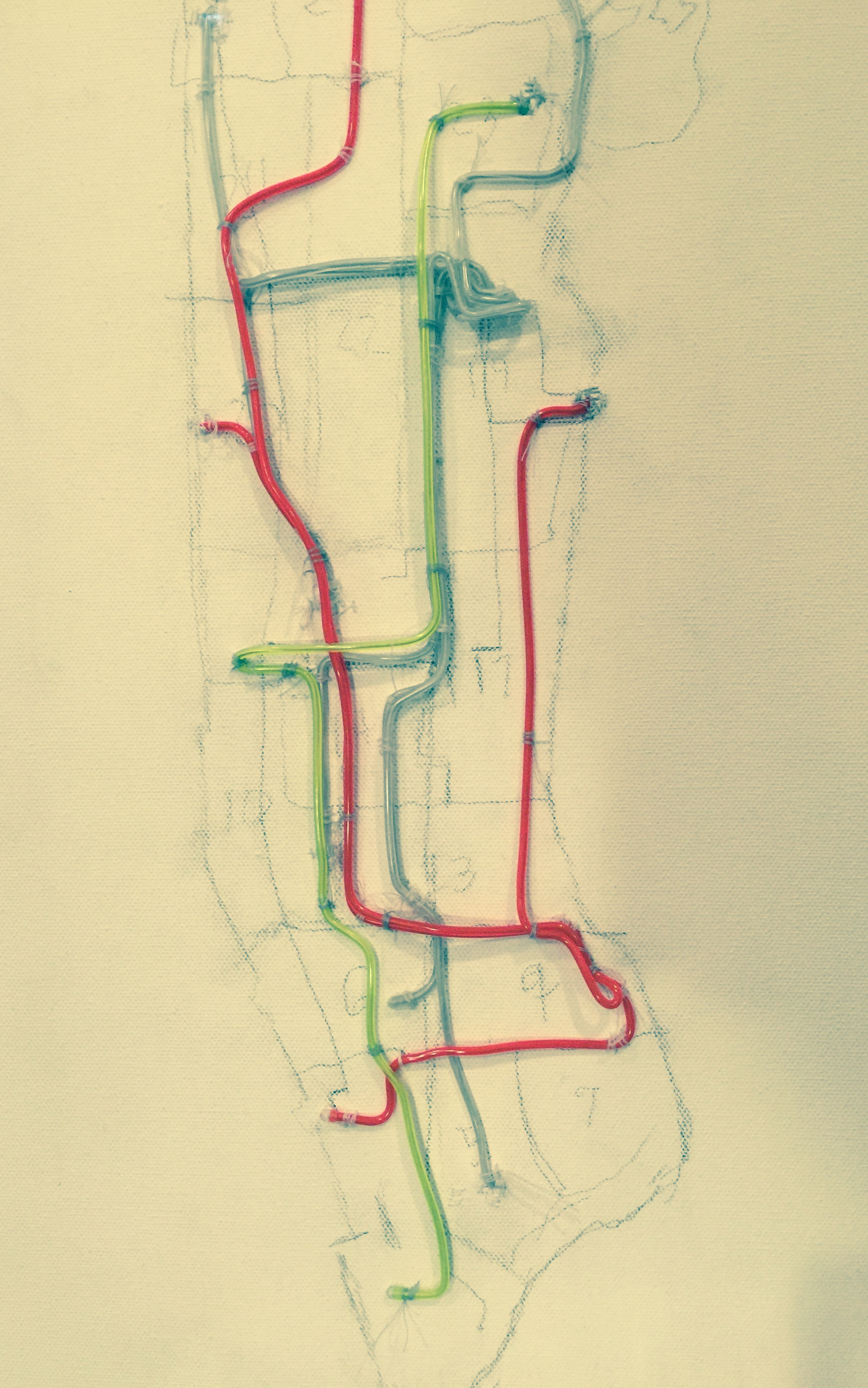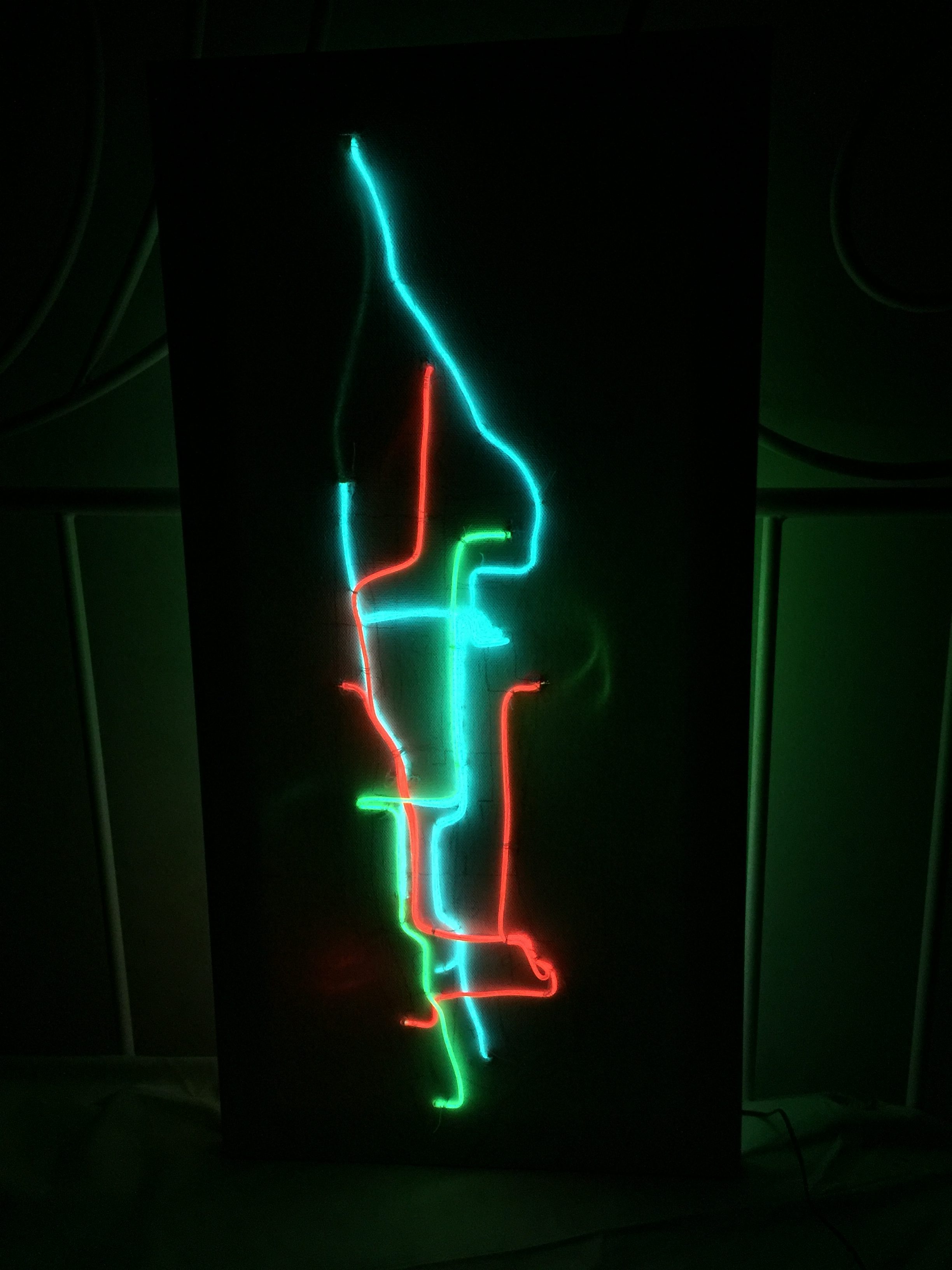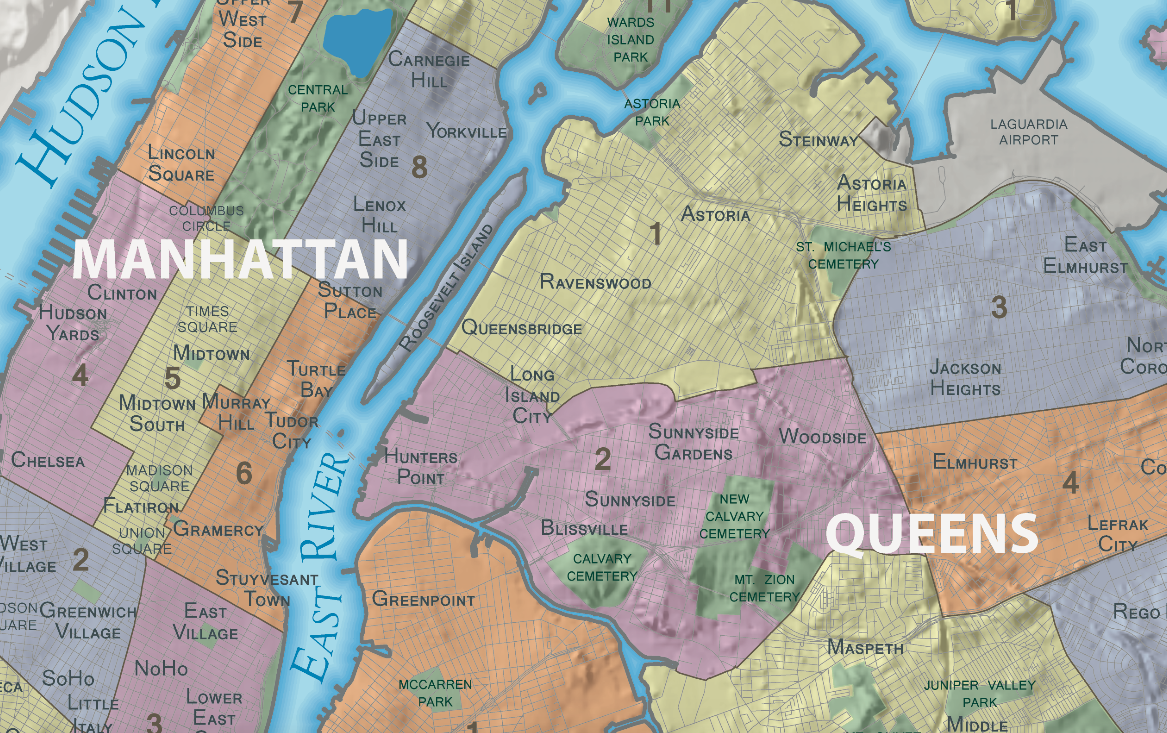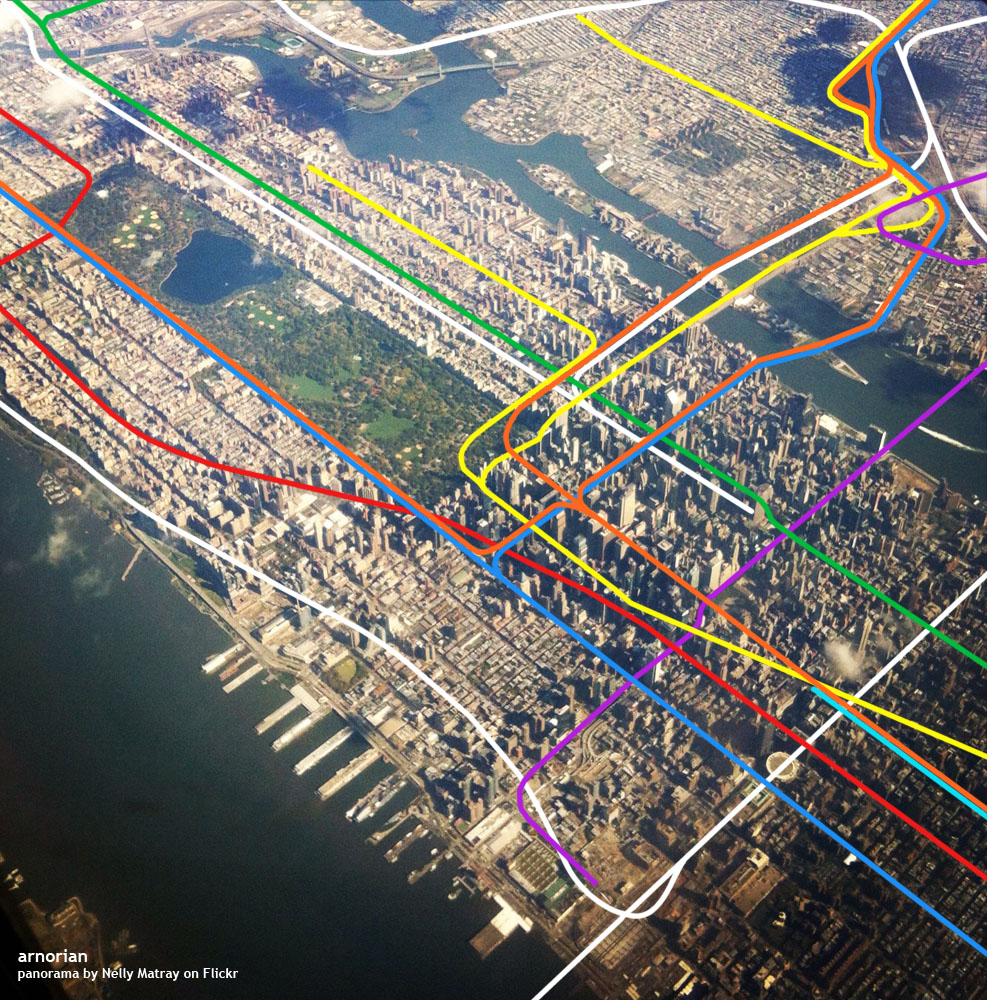
The built to last reading seemed to really drive home a concept I’ve heard repeated multiple times, which is that a good idea is secondary to the organization and persistence that goes into making it a reality. As the author listed off numerous examples relating to the theme of – Don’t just tell time, build a clock – I kept wondering how modern tech companies, and their “leaders”, would be judged with this frame work. Apple for instance, seems as though it could fit into either category (visionary success vs. more conventional success). Similarly I wondered how modern data might confound some of the categorization that the author made. Some companies like Walmart have since seen their preeminence degrade while others like Hewlett Packard have since become nearly iconic failures of management and innovation. Citibank too was almost completely wiped out in 2008 while its “control group” alternative Chase seems to have claimed the mantle of most admired. I think the point of the first two chapters was well taken but I am often suspicious of business writing like this. My suspicion comes partly from the fact that I’m not sure if there is useful advice on how to start a generic company. I don’t deny the value in having some business education but as the author points out many of the most prominent business people in the world had no background in business planning or business school. There are so many factors that determine a companies success that it seems like a very difficult thing to model (especially when your units of data are bookshelves and . Furthermore, there is the issue of cherry picking winners and data availability. How many visionary companies for instance didn’t make the author’s list because its founder chose outcomes besides scaling up and remaining independent. Or because time, place and circumstance closed the doors available to budding entrepreneurs…. Either way I did enjoy reading these accounts of how these big name companies stated and thrived, I just wonder about the blind spot in studies like this.
IMEI:
I was able to get my phones IMEI number fairly easily. At first I found it in the settings menu on my iPhone but later realized its written on the back of my phone. The IMSI was tricker – I didn’t get it exactly – I ended up calling AT&T customer service who told me that they had, never heard of an IMSI, then found it in my account and had to ask their boss whether it can be given out. They eventually told me that they can’t give it out to me on the phone but that it could be found in/written on my SIM card. I get the sense that I could figure it out based on other ID numbers on my phone but couldn’t figure exactly where it would come from.


